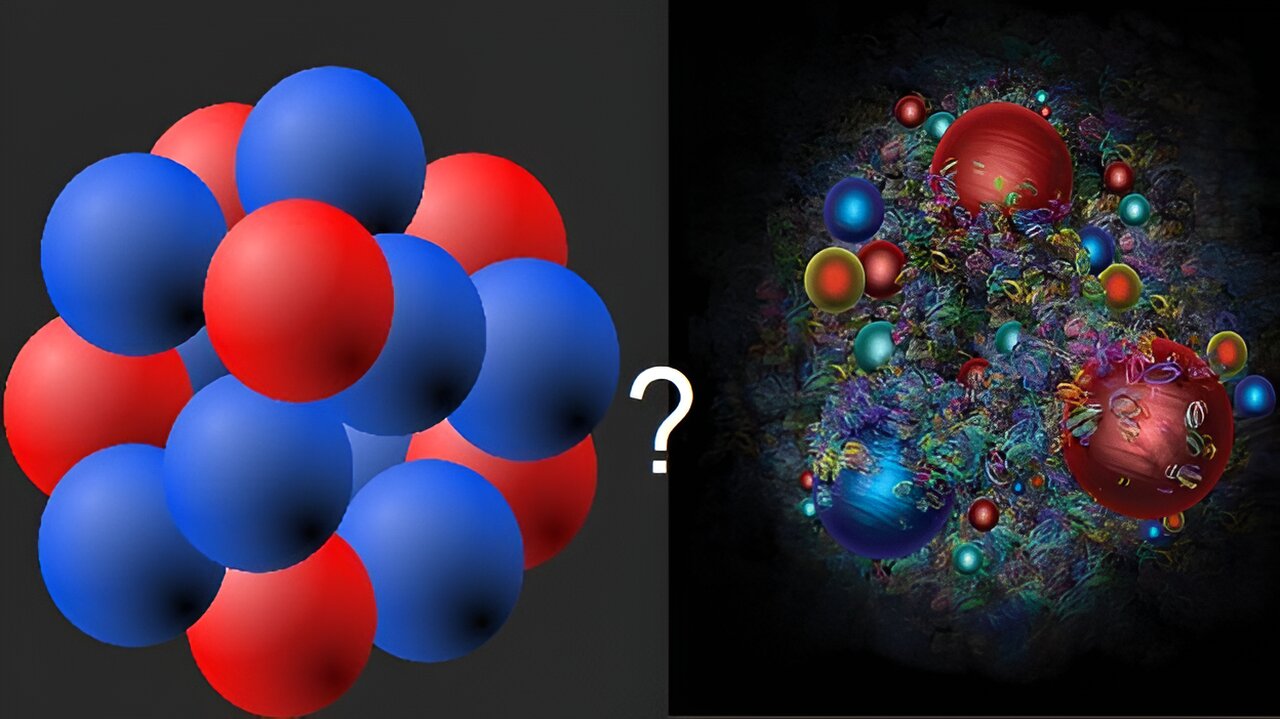Atomic nuclei are composed of nucleons (such as protons and neutrons), which themselves consist of quarks. When subjected to high densities, nuclei break down into a liquid form of nucleons, and at even higher densities, the nucleons themselves dissolve into a quark liquid.
Theoretical calculations indicate that these liquids exhibit distinct characteristics. Both types of liquids generate vortices when they rotate, but in quark liquids, the vortices carry a “color-magnetic field” similar to an ordinary magnetic field. This effect is absent in nucleon liquids. Consequently, these vortices serve as a clear distinguishing factor between quark liquids and nuclear liquids.
Quarks and nucleons within nuclei interact with each other through the strong nuclear force. This force possesses an intriguing property known as confinement. This implies that scientists can only observe groups of bound quarks, but never an individual quark in isolation. In other words, quarks are “confined.” Describing confinement or providing a precise definition using theoretical tools is also challenging.
This research, which utilizes vortex properties to differentiate between quark liquids and nucleon liquids, addresses this long-standing issue. It suggests that there is a specific sense in which dense quark liquids are non-confining, while nuclear liquids are confining.
Whether nuclear matter is distinct from quark matter, separated by a phase transition, has long been a question in the study of strong interactions, particularly in the theory of quantum chromodynamics (QCD). Similarly, scientists have sought to determine if it is possible to establish a precise definition of confinement.
2023-12-29 11:00:04
Original from phys.org rnrn
